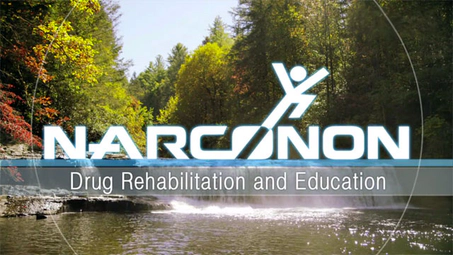DRUGS: WHAT YOU
NEED TO KNOW Booklet

Signs and Symptoms of Benzodiazepine Addiction
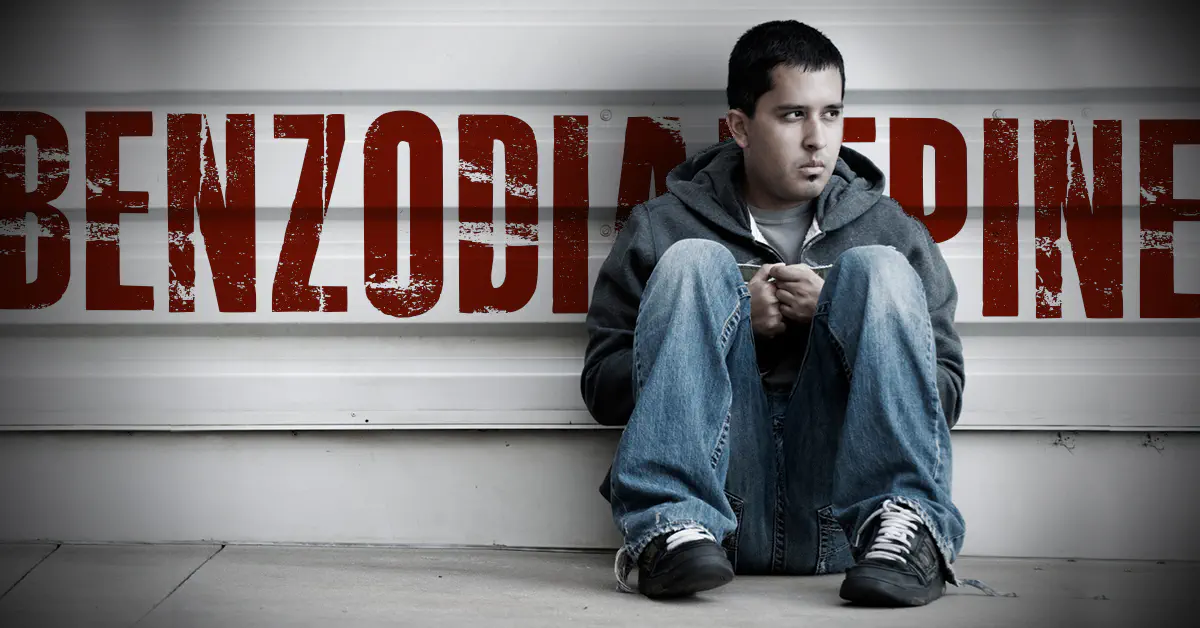
Benzodiazepines are prescription drugs frequently prescribed for anxiety or panic attacks. There are many different forms of this class of drug because some need to be fast-acting, for example, for use during surgical anesthesia. Others are designed to be long lasting.
While they are often used in medicine, they are also popular drugs of abuse. They are particularly popular among people who abuse opioids. Mixed with a painkiller like Vicodin, the combination is said to provide a high similar to that of heroin. There are some unscrupulous physicians who will prescribe benzodiazepines with an opioid, or who will prescribe what is colloquially called the “holy trinity” which is a combination of a benzodiazepine, an opioid and a muscle relaxant. However, those found guilty of illicit prescribing, do not keep their licenses, and for good reason. The overdose death rate is ten times higher for those prescribed both a benzodiazepine and an opioid than the rate for those prescribed an opioid alone.1
It’s a common (and highly dangerous) practice to combine drugs to alleviate the unpleasant effects of taking certain drugs or to chase a particular high, as in mixing opioids and benzodiazepines. Alcohol with Valium or Xanax is another popular combination. So is the use of a benzodiazepine along with cocaine. A person using cocaine can relax from the agitated high of that stimulant and get some sleep by following it with a benzodiazepine.
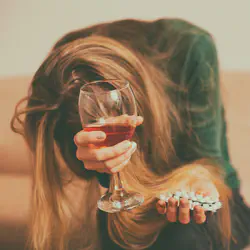
It is particularly dangerous to combine a benzodiazepine with any drug that depresses the function of the central nervous system (CNS).2 Alcohol, heroin, prescription painkillers, barbiturates, sleep aids and benzodiazepines are all CNS depressants. A little too much in combination, and an individual may stop breathing. In fact, this combination is very likely to be responsible for many overdose deaths in America.
While combining benzodiazepines with other substances is widespread, these drugs are just as addictive and dangerous by themselves. A person abusing a benzodiazepine will take much higher doses than a person taking them according to a doctor’s prescription. Higher doses increase the risk of addiction. It is possible to fatally overdose on benzodiazepines alone.
How Many People Abuse These Drugs?
In 2020, nearly five million people misused one of these drugs.3 The largest group involved in this misuse were those aged 18 to 25 with more than a million of these young adults abusing a benzodiazepine. Among adults 26 and older, 3.5 million more misused a benzodiazepine.
Benzodiazepines that are popular among drug users
- Valium (diazepam)
- Xanax (alprazolam)
- Klonopin (clonazepam)
- Ativan (lorazepam)
- Restoril (temazepam)
In particular, Valium and Xanax are popular among drug users because they are fast-acting drugs. All five drugs on this list are frequently found on the illicit market.4
In 2017, there were 120 million prescriptions written for these five drugs alone.4
Other Benzodiazepines
- Halcion (triazolam)
- Librium (chlordiazepoxide)
- Tranxene (clorazepate)
- Paxipam (halazepam)
- Serax (oxazepam)
- Dalmane (flurazepam)
- Versed (midazolam)
- Rohypnol (flunitrazepam)
Tolerance can develop quickly to these drugs, which is why the FDA recommends prescribing them for a limited period of weeks to several months only, depending on the condition being treated. Once a person develops a tolerance, they need more of the same drug to get the same effect they may have been seeking. An increasing tolerance paves the way quickly to a full-blown addiction.
When these pills are abused, they may be swallowed or crushed so that they can be snorted or a person may take many pills at one time or throughout the day.
Rohypnol also has another quite insidious use. It is frequently used as a date-rape drug because it tends to cause amnesia and to make a person suggestible.
Physical Signs of Benzodiazepine Addiction
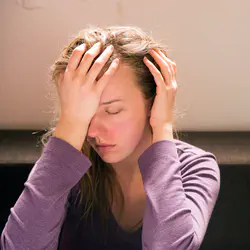
Benzodiazepines are sedatives. They act by slowing down the function of the central nervous system. You may notice these signs in a person abusing this drug.5
- Drowsiness
- Poor coordination
- Vertigo
- Speech difficulties
- Double vision
- Slow reaction time
- Breathing problems
Mental and Emotional Signs of Benzodiazepine Use
- Amnesia
- Poor concentration
- Confusion
- Difficulty focusing
- Memory impairments
Among a smaller number of people who are addicted to these drugs, you may also see depression, irritability and rage.
The Long-Term Physical Damage of Benzodiazepine Addiction
Of course, the most common physical problem likely to occur is addiction itself. In addition, there is a greater likelihood that a person will suffer falls. This is more common among older people who abuse this drug.
The Long-Term Emotional and Mental Damage of Benzodiazepine Addiction
- Impaired ability to think and understand
- Memory problems
- Mood swings
- Dementia (among older patients)
- Emotional anesthesia
Benzodiazepine Overdoses
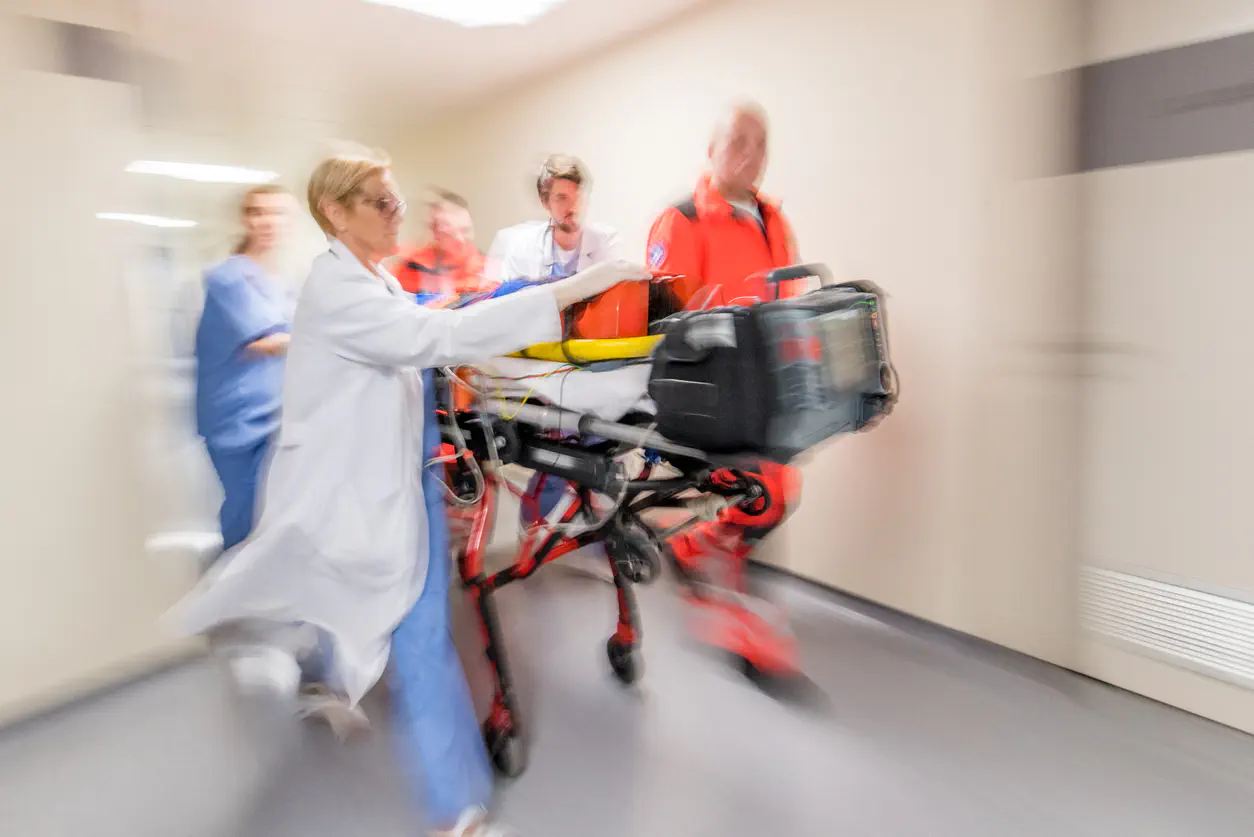
A person who has overdosed on a benzodiazepine may be in a stuporous or comatose state and death by benzodiazepine overdose alone is possible. Fatalities are more frequent when mixing a benzodiazepine with alcohol or opioid or both. In combination, there is an increased risk of slowed breathing, dizziness, coma or death by either overdose or suicide.6
Withdrawal from Benzodiazepines
Withdrawal from long-term benzodiazepine use is generally difficult and can even be life-threatening. Here are some of the symptoms seen during withdrawal:
- Flu-like symptoms
- Nausea
- Headaches
- Irritability
- Lethargy
- Sleep problems
- Aggression
- Depression
- Delirium tremens
- Seizures
- Thoughts of suicide
Withdrawal symptoms may be seen if a person tries to quit after only a month of abuse. Fully getting through benzodiazepine withdrawal can take months.7
Help is Essential for a Person Addicted to Benzodiazepines
Addiction to a benzodiazepine like Xanax, Valium or one of the other drugs on this list is a threat to both health and life itself. It is essential to find an effective rehabilitation program for anyone found to be misusing these drugs, especially when they are used in combination with other drugs.
Recovery from benzodiazepines is possible, followed by a healthy and productive life. The first step must always be coordinating a person’s care with a competent medical doctor because of the challenge of withdrawing from these drugs. Then rehab can be successfully completed, followed by a life of sobriety.
Sources:
-
NIDA. “Benzodiazepines and Opioids.” National Institute on Drug Abuse, 2021. NIDA Article ↩︎
-
CDC. “What are Benzodiazepines?” CDC, 2021. CDC Article ↩︎
-
SAMHSA. “Key Substance Use and Mental Health Indicators in the United States: Results from the 2020 National Survey on Drug Use and Health.” Substance Abuse and Mental Health, 2021. SAMHSA Article (PDF) ↩︎
-
DEA. “Benzodiazepines.” DEA, 2019. DEA Publication (PDF) ↩︎ ↩︎
-
American Academy of Family Physicians. “Addiction: Part I. Benzodiazepines—Side Effects, Abuse Risk and Alternatives.” AAFP, 2000. AAFP Article ↩︎
-
CMS. “Reduce Risk of Opioid Overdose Deaths by Avoiding and Reducing Co-Prescribing Benzodiazepines.” CMS, 2019. CMS Publication (PDF) ↩︎
-
NIH. “Management of benzodiazepine misuse and dependence.” NIH, 2015. NIH Article ↩︎


 ®
®
